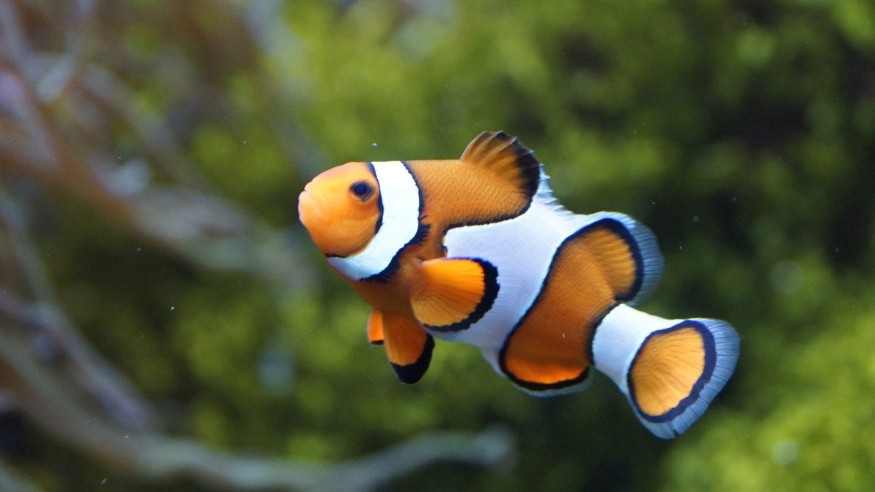Clownfish are easily recognizable by their vertical white stripes. They were made famous by the movie "Finding Nemo" which tells a story about a father's journey in finding his lost son.
Experts have studied clownfish in the Kimbe Bay in Papua New Guinea where they live in the magnificent sea anemones Heteractis magnifica and toxic giant carpet anemones Stichodactyla gigantea, Science Daily reported.
They found that clownfish develop their stripes (bars as scientists call it) depending on where they live, particularly on how toxic their sea anemone hosts influence their thyroid hormones and a gene called "duox."
Their study, entitled "Thyroid hormones regulate the formation and environmental plasticity of white bars in clownfishes," is published in the journal Proceedings of the National Academy of Sciences.

Clownfish Earns Their Stripes Faster On Toxic Sea Anemones
Unlike in the film, a baby clownfish does not get its stripes after birth. According to ABC News, baby clownfish initially float around as transparent yellowish blips in the ocean for ten days before they are accepted by a colony. It is not until the 15th day that they develop their first of three stripes that appear in order: head, trunk, then the tail.
Scientists said that the process of clownfish acquiring stripes is called metamorphosis, which is driven by thyroid hormones. The white pigment appears due to iridophores, pigment cells that are activated by genes stimulated by thyroid hormones.
The team found that baby clownfish living in giant toxic carpet anemones develop short tentacles and stripes faster than those who live in magnificent sea anemones. They believe that it has something to do with thyroid hormones.
To test this, the team tried to inject thyroid hormones to Amphiprion ocellaris, a related species to clownfish, and found that their stripes have appeared faster. Then they injected a substance that inhibits the thyroid hormone and observed that stripes appeared later.
When they took the species back to Papua New Guinea, they discovered that clownfish that are exposed to toxic giant carpet anemone had higher levels of thyroid and therefore increases the activity of the single gene duox that activates the iridophores.
The More Stress Clownfish Experience the Faster They Develop Stripes
It is a mystery as to why clownfish that are genetically the same could respond differently to the different types of sea anemones they live in.
Professor Laudet of Okinawa Institute of Science and Technology Graduate University said that perhaps clownfish feel less secure in the giant carpet anemone because they are less hidden than the long-tentacled magnificent sea anemones. That means they experience more stress with living in the giant carpet anemone that induces an increase in thyroid hormones.
On the other hand, thyroid hormones have a multitude of metabolic and immunological functions that could have other significance for the clownfish that might change the way scientists understand how they respond to the environment.
"Maybe the fish have less food, or maybe they have to cope with more stinging in the giant carpet anemone than in the magnificent anemone, and increasing thyroid hormone is a good way of solving these problems," Professor Laudet said according to ABC News.
RELATED ARTICLE: Study Shows that Clownfish Can't Adapt to Climate Change
Check out more news and information on Clownfish on Science Times.
© 2026 ScienceTimes.com All rights reserved. Do not reproduce without permission. The window to the world of Science Times.











